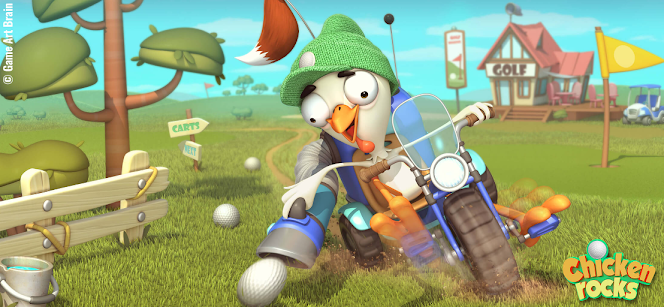Flat images and objects are typically linked with two-dimensional art. 2D game art is simply height and width, as opposed to 3D art, which includes depth. This does not imply that 2D work is unfinished or uninteresting. Light, saturation, colors, and structure give meaning and produce styles, personality, and individuality. 2D art has improved and their techniques perfected over the centuries back to the first cave paintings. Today, however, you may produce 2D art styles of any complexity, amount of detail, and imagination with cutting-edge tools, apps, and technology. This post shines light on what makes certain 2D art styles special:
Vector
art
This
specific type of 2D art is very popular among game designers. To make vector
pictures, the artist
needs specialized software, and programs which use full-color overlays to hide
the monochrome appearance. Vector artworks are built from vector graphics, which
are images created with the help of mathematical formulas rather than
colourised pixels.
Cel-shaded
art
Cel-shaded
art is a relatively new technique in the history of video games. Following a
push by many in the industry to make everything look as realistic or lifelike
as possible, this style rebelliously gives 3-D models a 2-D appearance.
Although one dimension is lost, the design is still detailed, and the visuals
give games a comic book, graphic novel, or anime vibe.
Geometric
art
A
geometric-based 2D art game is one that you may be familiar with if you have
played Pac-Man. Although it has a pixel art-like design, it uses geometric
shapes rather than breaking up images into pixels. They take the shape of
squares, lines, and circles. The geometric figures are not required to be a
precise circle or square. When it comes to 2D Art For Games, the
designer can also give them a complex formation, like in the game geometry wars.
Winding
up











